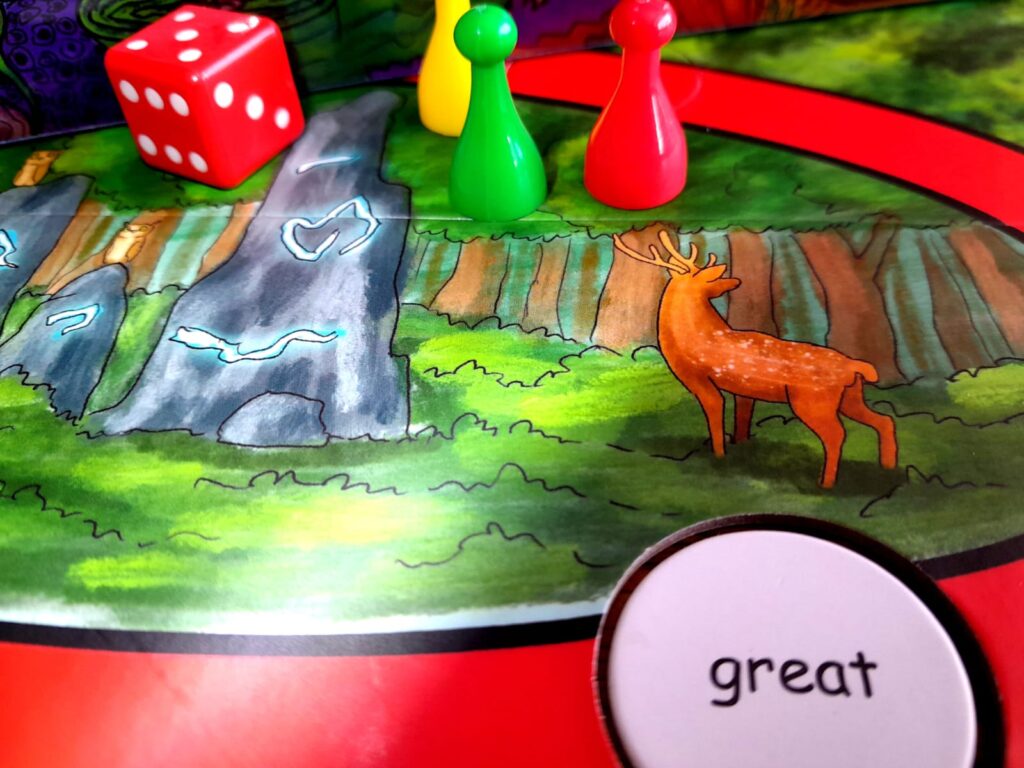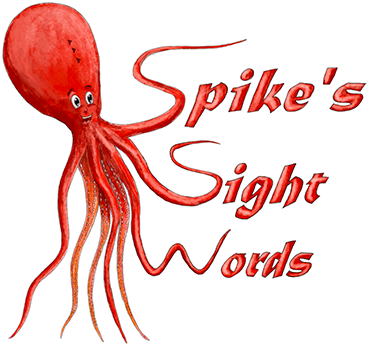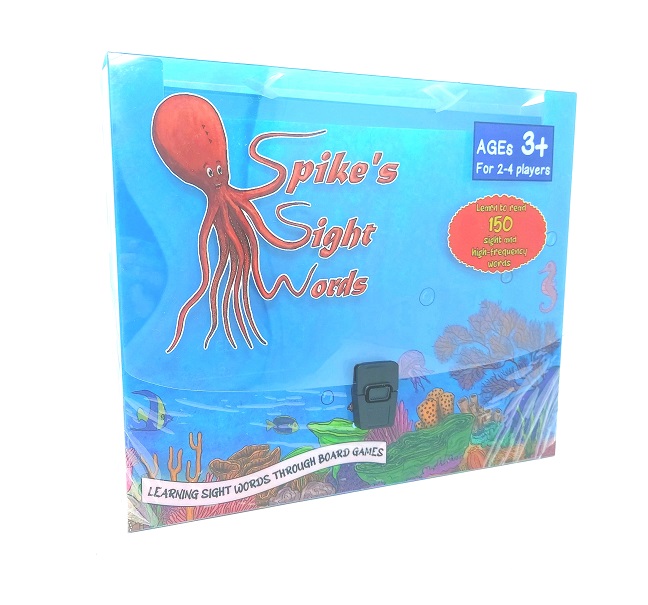
What is the difference between a struggling reader and dyslexia?
Some children may be slow to read because of lack of opportunities or language delay. Children with dyslexia have a difficulty reading due to structural differences in the way their brain processes written language and graphic symbols. These structural differences are likely to be caused by genetic factors.
Let’s look into this further –
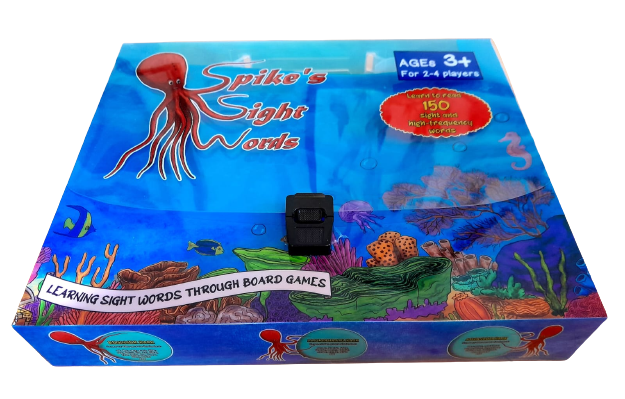
What are struggling readers?
A struggling reader is a child who finds difficulty learning to read. Struggling readers are different from reluctant readers, but many may also be reluctant readers. This is because they find reading difficult and frustrating, which leads to them refusing to learn.
Why do some readers struggle?
There are lots of reasons why a child might be a struggling reader. For example, the child might:
- find it difficult to sit still and concentrate because they’re more of an active learner. This is why our educational board games give more of an active experience.
- feel that they’re behind their peers, leading to anxiety around reading;
- have speech and language difficulties;
- be in the early stages of learning English because they speak a different language at home;
- have a history of reading or spelling difficulties in their family;
- have dyslexia or other literacy learning difficulties.
Identifying why a child is struggling with reading is the first step to helping and supporting them.
Is my child a struggling reader?
Not all children who find reading difficult will be ‘struggling readers’. All children learn at their own pace – one child might be reading extremely well, making it look like their classmates are struggling. But this isn’t the case.
Some children may learn to read later than their peers for no reason at all. At the ages of four or five, there’s no need to worry just yet. There’s still plenty of time for them to learn at their own pace.
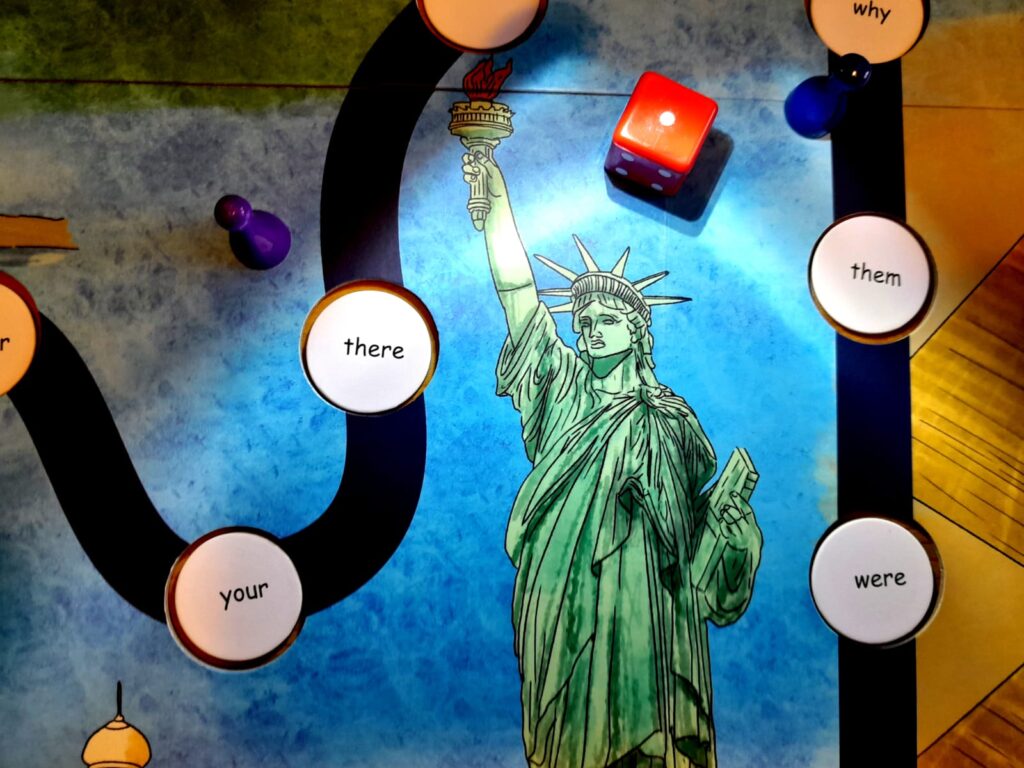
What is dyslexia?
Dyslexia is a common learning difficulty that mainly causes problems with reading, writing and spelling.
It’s a specific learning difficulty, which means it causes problems with certain abilities used for learning, such as reading and writing.
Unlike a learning disability, intelligence isn’t affected.
It’s estimated up to 1 in every 10 people in the UK has some degree of dyslexia.
Dyslexia is a lifelong problem that can present challenges on a daily basis, but support is available to improve reading and writing skills and help those with the problem be successful at school and work.
What are the signs of dyslexia?
Signs of dyslexia usually become apparent when a child starts school and begins to focus more on learning how to read and write.
A person with dyslexia may:
- read and write very slowly
- confuse the order of letters in words
- be confused by letters that look similar and write letters the wrong way round (such as “b” and “d”)
- have poor or inconsistent spelling
- understand information when told verbally, but have difficulty with information that’s written down
- find it hard to carry out a sequence of directions
- struggle with planning and organisation
But people with dyslexia often have good skills in other areas, such as creative thinking and problem solving.
